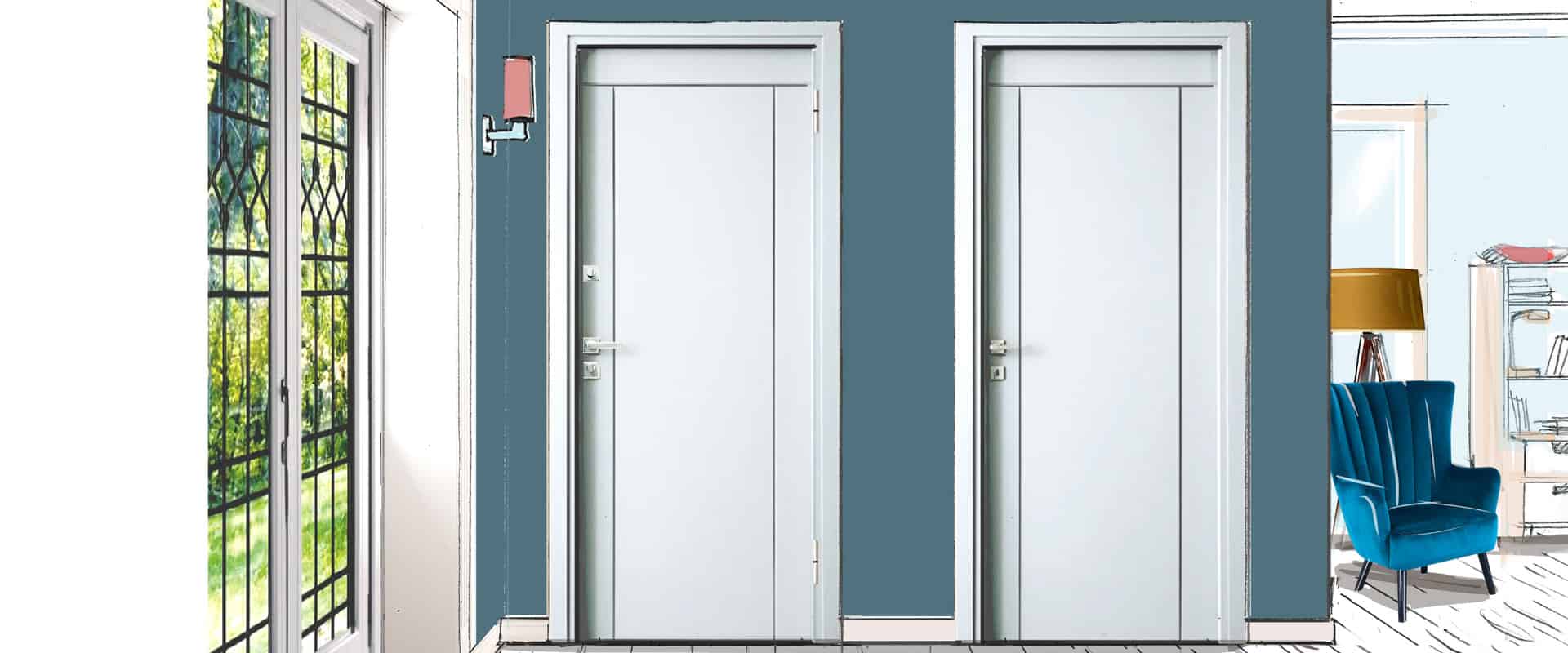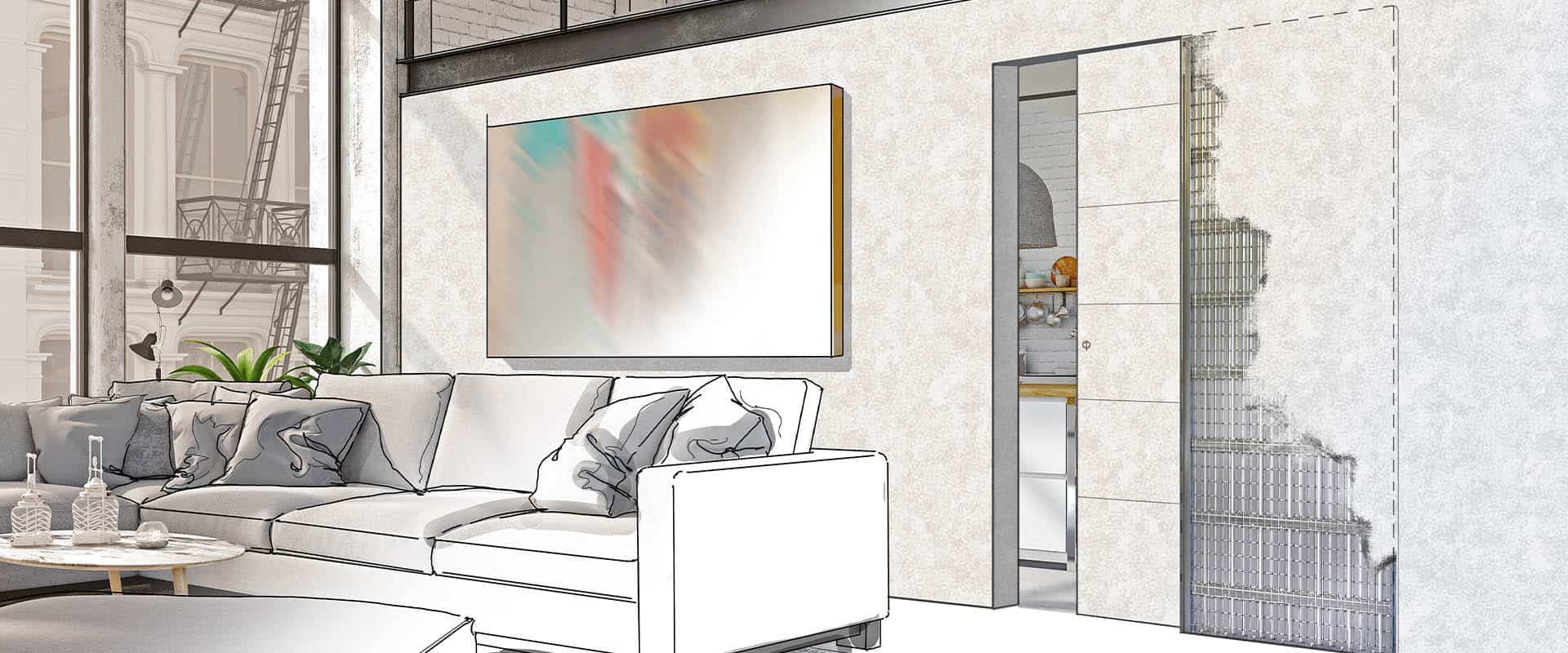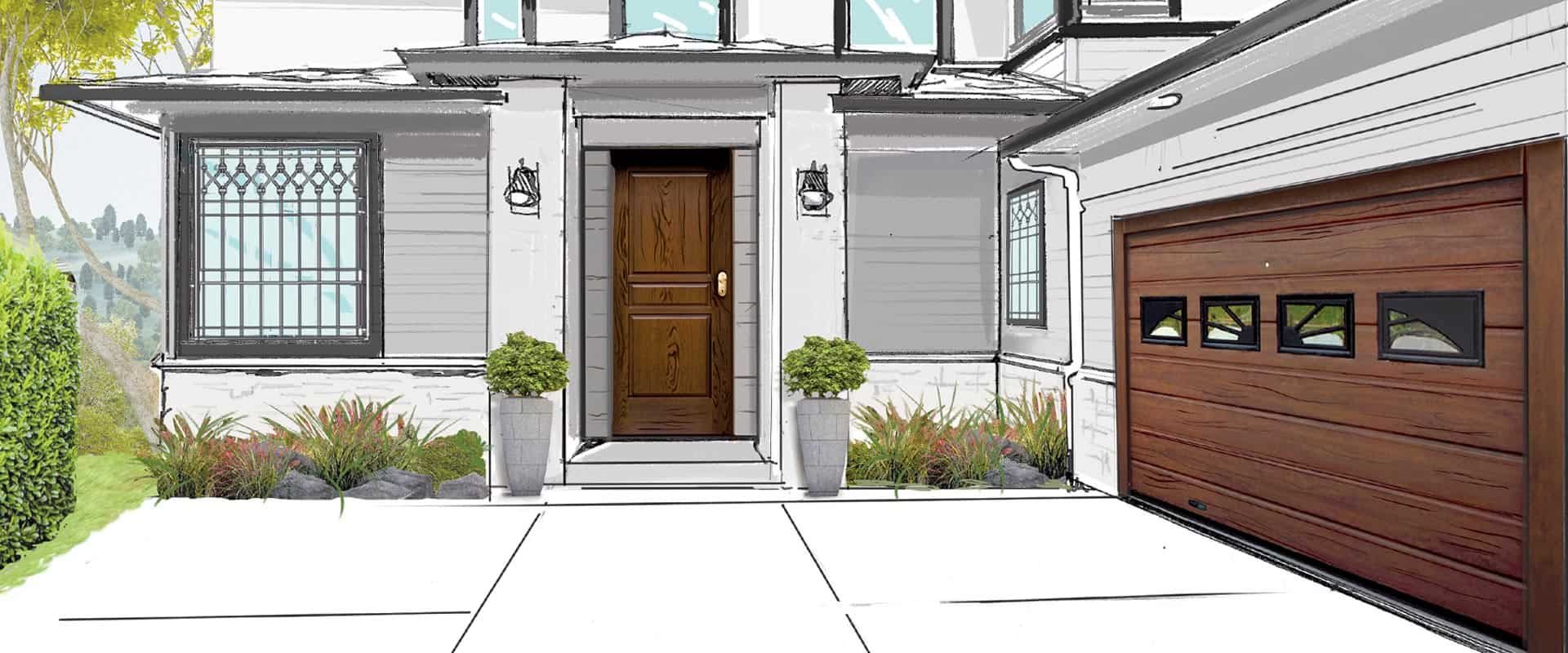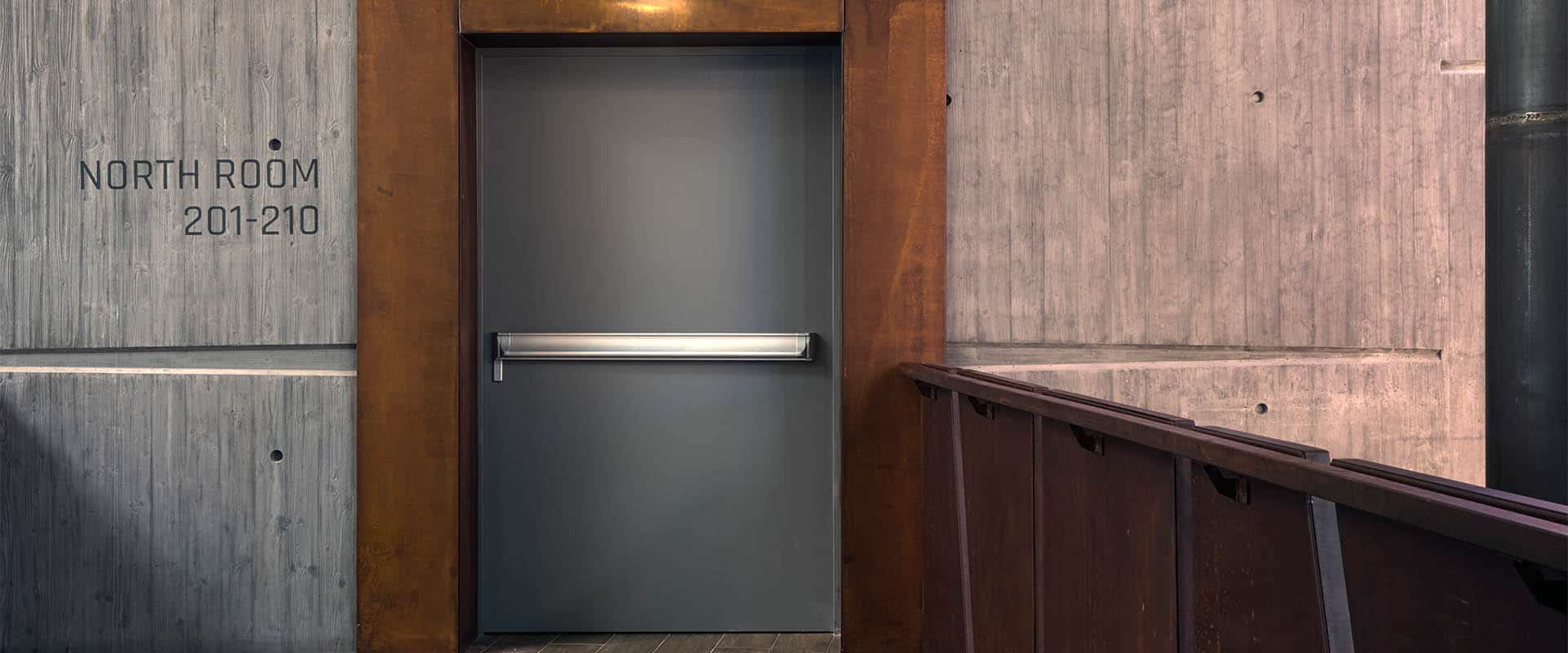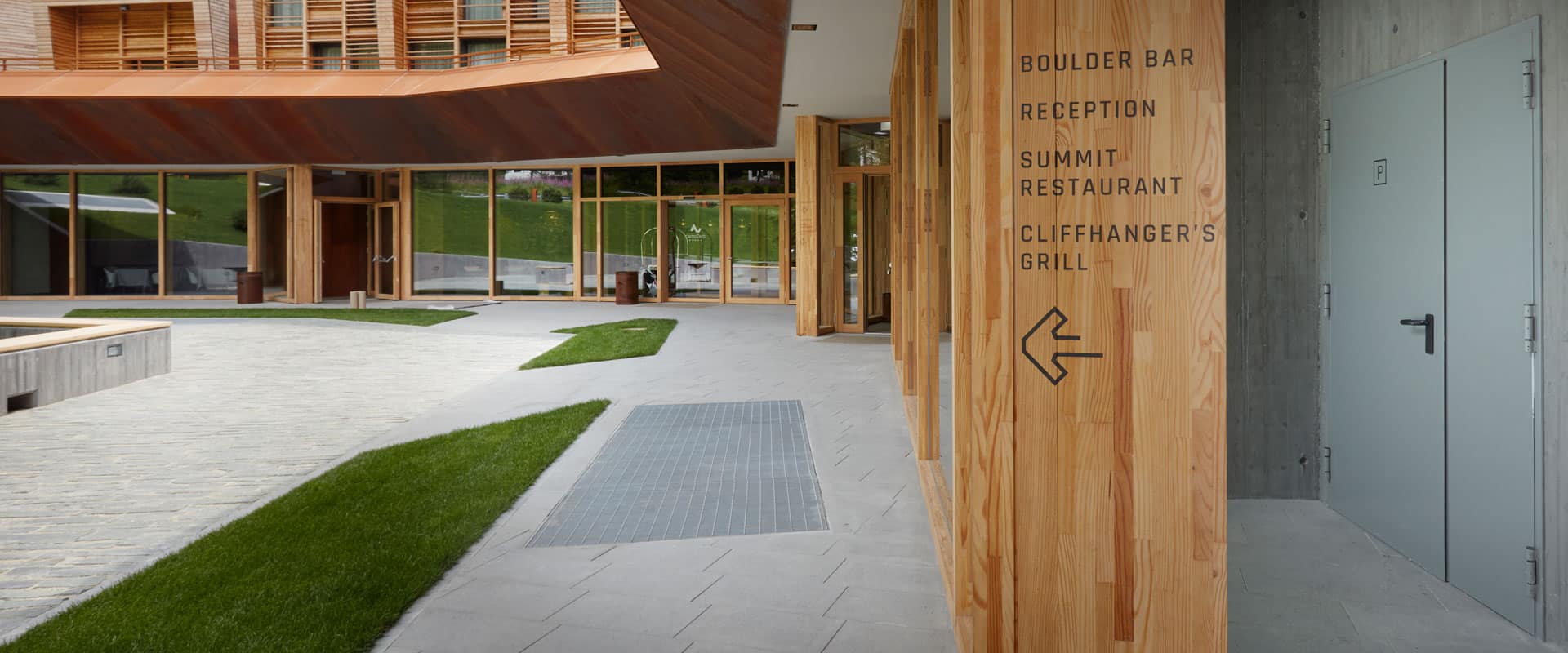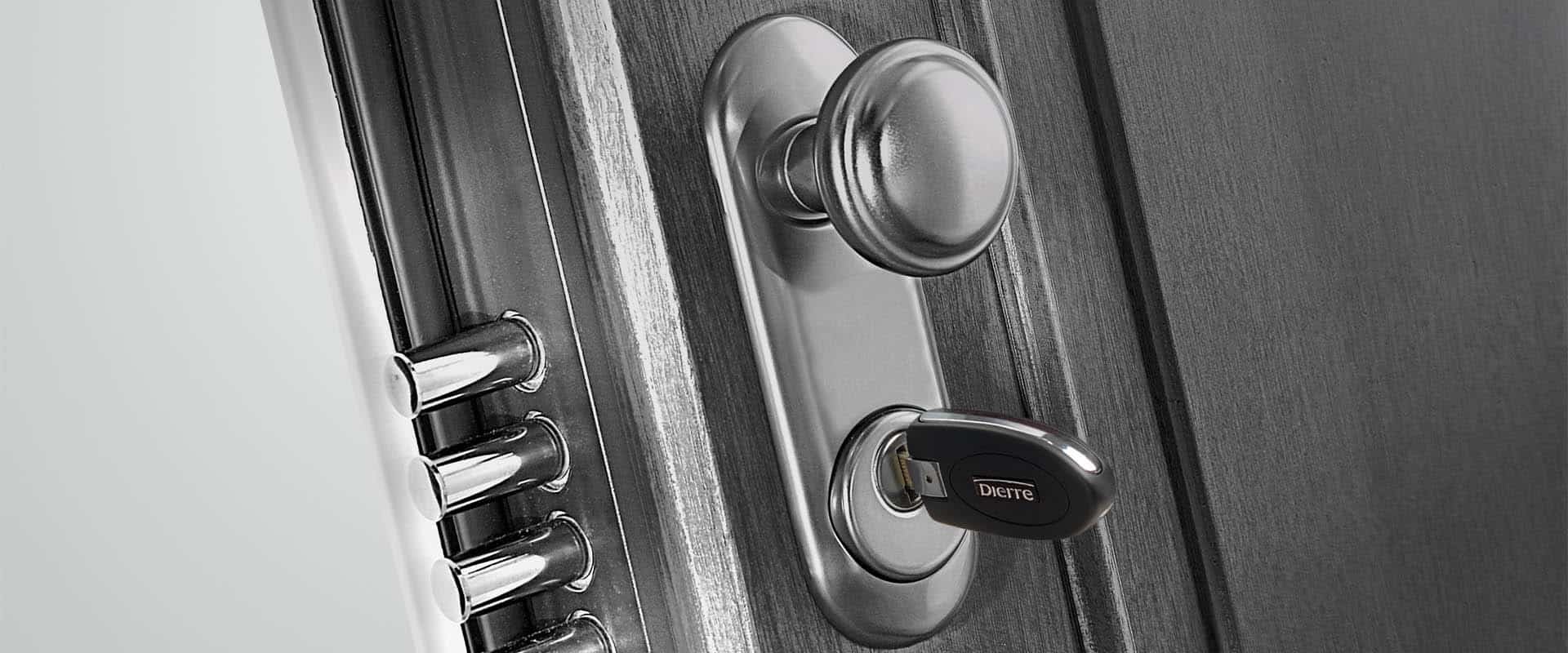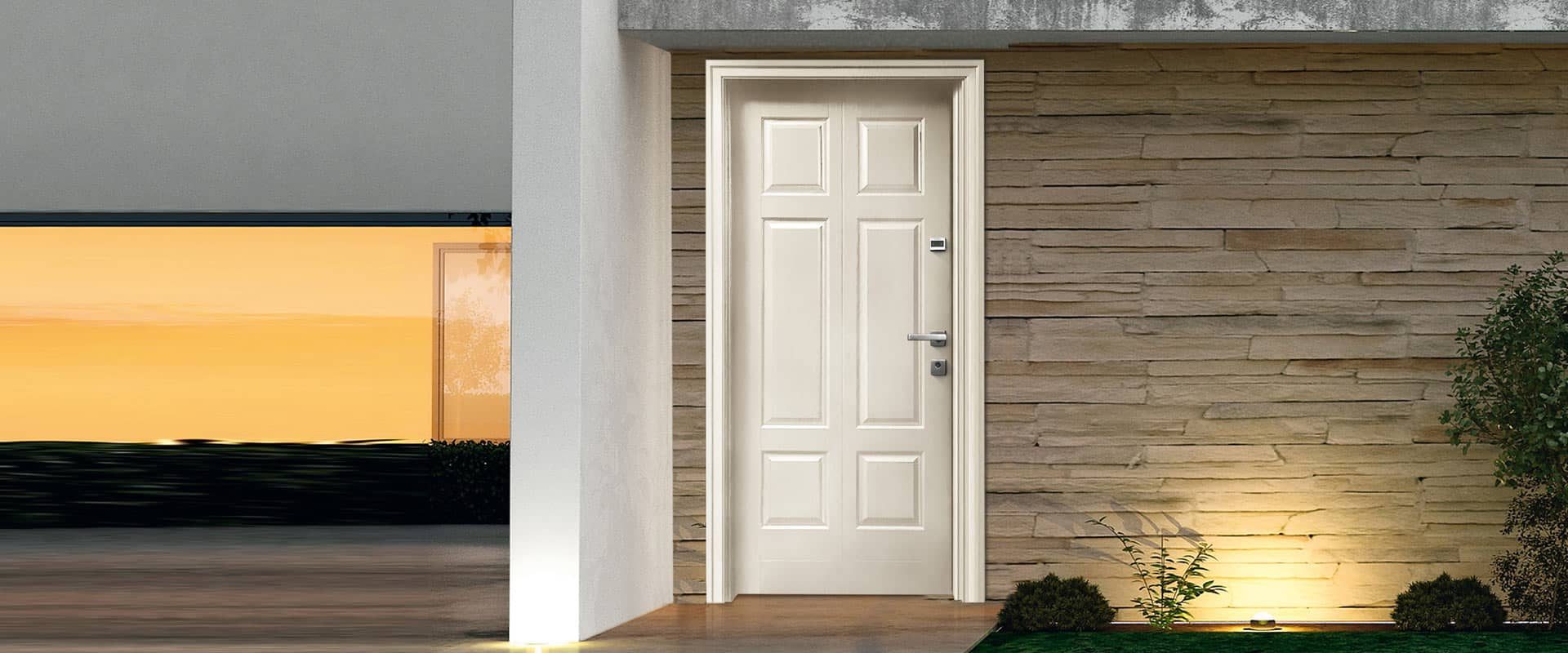The abcs of security: the difference between classification and certification.
Prior to purchasing a security door, understand that certification and classification are not the same thing.
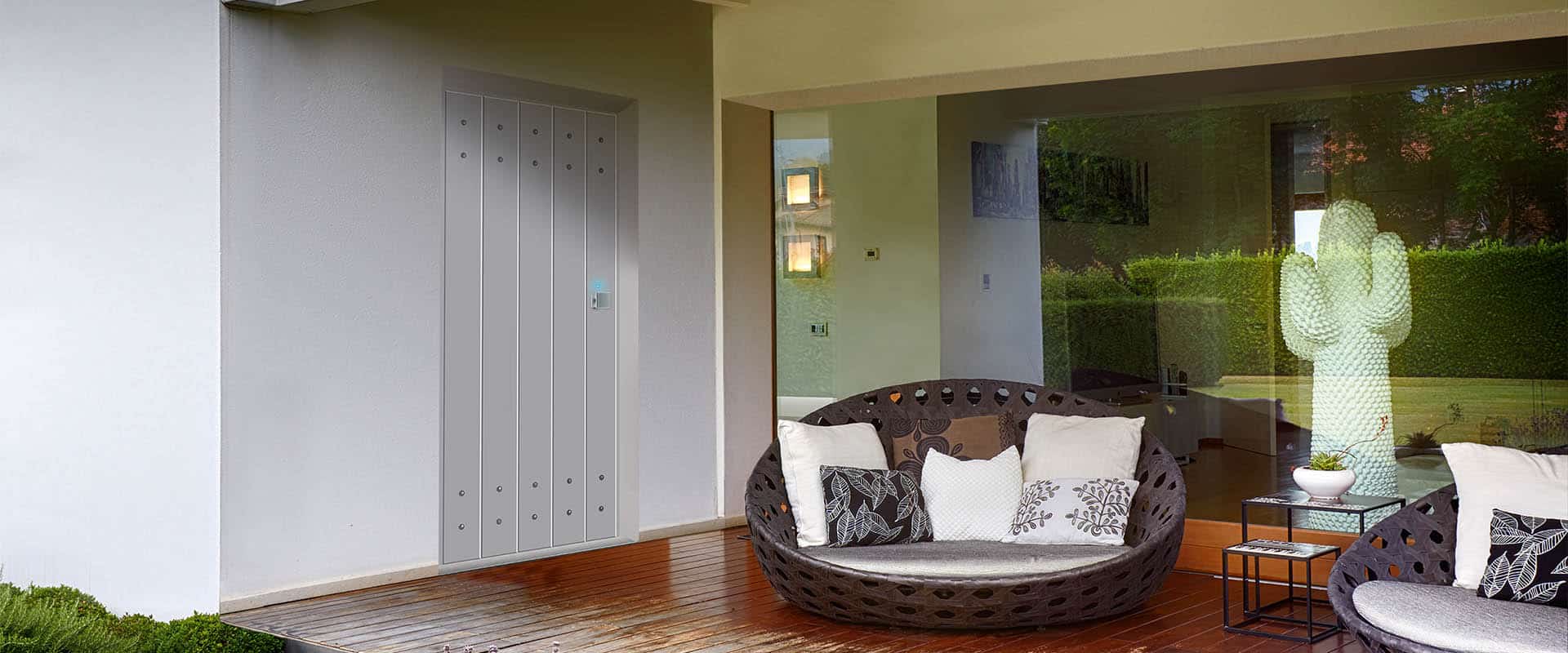
However, the concept of home is also about protection. That’s why it needs to be a safe place, and the choice of security door plays a decisive role in this.
Class is not everything.
Let’s start with the basics, that is, the “classification.” All armored security doors are identified with an anti-burglary class. The manufacturer has the product tested by a testing laboratory, which subjects it to three strength tests. Based on the results, the door takes on one of six security classes.
The higher the burglary class, the higher the security level.
An example?
Class 1 is effective against those who use only physical force to open a door. Class 5 doors are used in banks or jewelry stores, and in this case the burglar must use power tools such as drills and disc grinders to open them.
The classification does not include any production control. In fact, the results declared by the testing laboratory are limited only to the product specimen tested.
The classification is not a technical guarantee.
Going beyond classification: certification.
Certification is an ongoing technical guarantee over time, issued by a third-party body, the Certification Body, which undertakes an annual technical analysis of the product and production process.
In short, how does it happen?
- The third party collects the technical documentation identifying the set of products to be certified and performs the analysis
- It goes to the manufacturer’s production units and verifies that everything conforms to what is stated in the test reports
- The technical committee meets, reviewing the file and deciding on the issuance of the certificate
- The committee carries out continuous monitoring over time
Classified or certified door?
In summary, buying certified and not just classified security doors provides the end consumer with a greater guarantee on the product given that the inspection is performed on an ongoing basis and not a one-time basis with respect to the entire manufacturing process of the product line and the inherent technical documentation.
Here is how to recognize a classified door from a certified one.
If the door has certification, it will be marked with the logo of the Certification Body, indicatively placed under the CE Mark.
If the door is classified but not certified, you will find an inscription such as:
BURGLARY-PROOF CLASS 3 IN COMPLIANCE WITH
EN 1627 IN
LABORATORY “LABORATORY NAME”
Now you know how to choose a security door.
Would you like additional information? Contact us!
Share this article
Back
